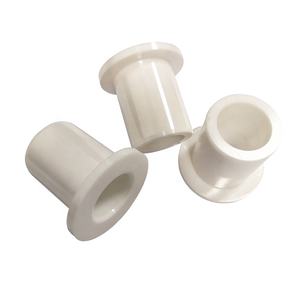Discover Premium Ceramic Products | Durability & Elegance United | Advanced Ceramics
PRODUCT PARAMETERS
Description
Overview of Boron Nitride Ceramic
Boron Nitride (BN) ceramic is a unique material renowned for its exceptional properties, making it highly valuable in various industrial applications. It exists in multiple forms, primarily hexagonal boron nitride (h-BN), cubic boron nitride (c-BN), and wurtzite boron nitride (w-BN). Hexagonal BN, the most common form, is often compared to graphite due to its lubricious and thermally conductive yet electrically insulating nature. Boron Nitride ceramics are synthesized under high temperatures and pressures, offering a rare combination of properties not found in many other materials.
Features of Boron Nitride Ceramic
Thermal Conductivity: Excellent thermal conductivity, especially in the hexagonal form, allowing efficient heat dissipation.
Electrical Insulation: Outstanding electrical insulation properties make it ideal for electrical applications requiring thermal management.
Chemical Stability: Highly resistant to chemical attacks, including strong acids and bases, ensuring durability in harsh environments.
Thermal Shock Resistance: Superior resistance to thermal shock, enabling it to withstand rapid temperature changes without cracking.
Mechanical Strength: Good mechanical strength at both room and elevated temperatures, although this can vary with the form of BN.
Lubricity: Self-lubricating property due to its layered structure, which reduces friction and wear in moving parts.
Non-Toxic: Safe to use in various settings, including medical and food processing industries, due to its non-toxic nature.
High-Temperature Performance: Maintains stability at extremely high temperatures, exceeding 1000°C in inert atmospheres, making it suitable for refractory applications.
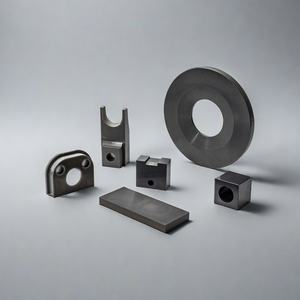
(ALN-BN ceramics boron nitride composite ceramics)
Specification of ALN-BN ceramics boron nitride composite ceramics
ALN-BN ceramics combine aluminum nitride (ALN) and boron nitride (BN) to produce a high-performance composite material. These ceramics excel in requiring settings due to their distinct mix of residential properties. They offer high thermal conductivity, similar to metals, while preserving strong electrical insulation. This makes them excellent for electronics needing warm dissipation without electric disturbance. The product manages severe temperature levels, operating accurately from -200 ° C to 1800 ° C. It withstands thermal shock, staying clear of fractures under unexpected temperature level changes.
ALN-BN ceramics reveal low thermal growth, keeping measurements stable during home heating or air conditioning. They are chemically inert, resisting corrosion from acids, antacid, and molten metals. This toughness matches rough commercial settings. Mechanically, the compound is hard and wear-resistant, enduring longer under friction or tension. It equipments easily, permitting accurate shaping for intricate parts.
The product’s electrical insulation stays reliable even at high voltages, stopping brief circuits in power systems. Its dielectric stamina sustains usage in insulators, substrates, and circuit components. In vacuum cleaner atmospheres, ALN-BN carries out well, making it valuable in aerospace and semiconductor production. The porcelains are non-toxic and safe for medical or food-processing equipment.
Applications span electronics, power, and production. In electronic devices, they cool down high-power gadgets like LEDs and laser diodes. They protect heating elements in furnaces and work as crucibles for melting steels. The composite shields sensing units in aggressive chemical processes. Its lightweight nature advantages aerospace elements requiring warm monitoring.
ALN-BN ceramics exceed traditional products like alumina or steels in thermal management. They last longer under stress and reduce power loss in systems. Personalized compositions adjust buildings like thermal conductivity or mechanical stamina for certain requirements. This convenience makes them a practical selection for advanced engineering remedies.
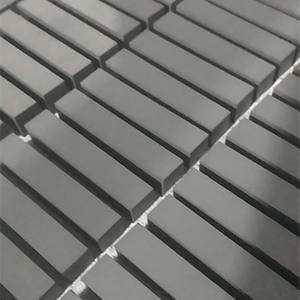
(ALN-BN ceramics boron nitride composite ceramics)
Applications of ALN-BN ceramics boron nitride composite ceramics
ALN-BN ceramics are boron nitride composite materials combining aluminum nitride (ALN) with hexagonal boron nitride (BN). These ceramics offer unique properties for demanding industrial applications. They handle extreme heat effectively. Their thermal conductivity is high. This makes them ideal for electronics needing heat dissipation. They work in power modules, LED substrates, and semiconductor equipment. The materials resist electrical conduction. This prevents energy loss in high-voltage systems. They stay stable in temperatures over 1000°C. This suits them for aerospace components like rocket nozzles or thermal shields. They endure rapid temperature shifts without cracking.
ALN-BN ceramics resist chemical corrosion. Harsh acids or alkalis do not damage them. This is useful in chemical processing equipment. They coat reactors or pipes exposed to aggressive substances. Their low friction and wear resistance improve durability. They serve in mechanical seals or bearings for industrial machinery. The ceramics are lightweight compared to metals. This benefits automotive systems like electric vehicle battery housings. They shield batteries from overheating. They insulate sensors in engines or exhausts.
The materials are machinable into complex shapes. Manufacturers create custom parts without compromising performance. They bond well with metals or other ceramics. This simplifies integration into hybrid components. ALN-BN composites absorb microwaves efficiently. They are used in radar systems or communication devices. Their radiation resistance suits nuclear reactor instrumentation. They shield sensitive detectors in medical imaging tools.
These ceramics reduce energy waste in high-temperature processes. Furnace linings made from ALN-BN improve heat retention. This lowers fuel costs in metal smelting or glass production. They replace traditional materials like graphite or steel in many cases. Their combination of thermal, electrical, and mechanical traits makes them versatile. Industries adopt them to boost efficiency and reliability. Research continues to expand their use in renewable energy and advanced manufacturing.
Company Introduction
Advanced Ceramics founded on October 17, 2014, is a high-tech enterprise committed to the research and development, production, processing, sales and technical services of ceramic relative materials and products.. Since its establishment in 2014, the company has been committed to providing customers with the best products and services, and has become a leader in the industry through continuous technological innovation and strict quality management.
Our products includes but not limited to Silicon carbide ceramic products, Boron Carbide Ceramic Products, Boron Nitride Ceramic Products, Silicon Carbide Ceramic Products, Silicon Nitride Ceramic Products, Zirconium Dioxide Ceramic Products, Quartz Products, etc. Please feel free to contact us.(nanotrun@yahoo.com)

Payment Methods
T/T, Western Union, Paypal, Credit Card etc.
Shipment Methods
By air, by sea, by express, as customers request.

5 FAQs of ALN-BN ceramics boron nitride composite ceramics
What is ALN-BN ceramic? ALN-BN ceramic combines aluminum nitride (ALN) and boron nitride (BN). This mix creates a material with high thermal conductivity and strong electrical insulation. It handles extreme heat and resists chemical damage. These features make it useful in industries needing materials that perform under tough conditions.
What are the main advantages of ALN-BN ceramics? ALN-BN ceramics move heat efficiently while blocking electricity. They work in temperatures over 1000°C without breaking down. They resist reactions with acids and molten metals. These traits help in high-power electronics or metal processing. They last longer than many metals or regular ceramics.
Where is ALN-BN ceramic commonly used? This material suits areas needing heat control and electrical insulation. Examples include circuit substrates in electronics, parts for semiconductor tools, and linings for high-temperature furnaces. Aerospace and metallurgy industries use it for components exposed to heat and corrosion.
How does ALN-BN differ from other ceramics? Most ceramics focus on one strength, like heat resistance or insulation. ALN-BN merges both. It conducts heat better than alumina or zirconia. It insulates electricity better than metals. Its structure stays stable in rapid temperature changes. This balance makes it fit specialized applications.
Are there handling precautions for ALN-BN ceramics? Avoid exposing the material to moisture before use. Store it in dry conditions. Protect it from sharp impacts during installation. Clean surfaces with non-abrasive tools to prevent scratches. Follow guidelines for machining to avoid cracks. Proper handling ensures long-term performance.
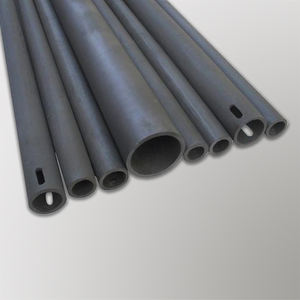
(ALN-BN ceramics boron nitride composite ceramics)
REQUEST A QUOTE
RELATED PRODUCTS
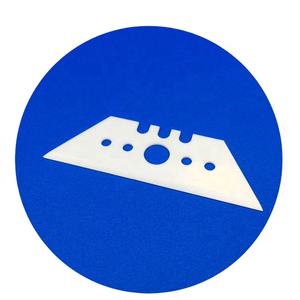
Cas 10043-11-5 White BN Hexagonal Boron Nitride Powder Nano/micron Powder for Ceramic Materials Additives
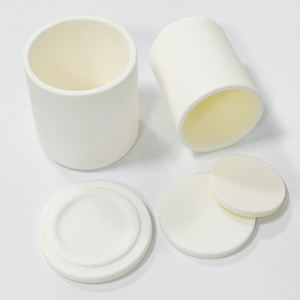
Boron Nitride Ceramic Tube Pipe Ceramic Protection Insulating Tube
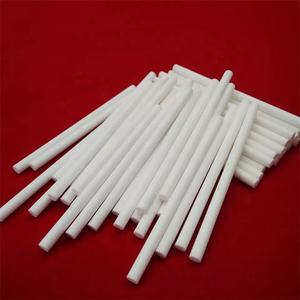
High Precision Insulation Boron Nitride Composite Ceramic Bnsz
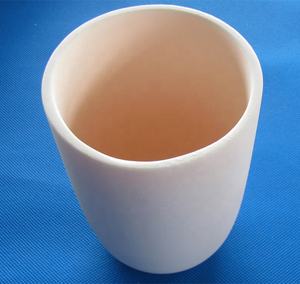
Hard Factory Customized ZrO2 SiC HBN High Quality Boron Nitride Semiconductor Manufacture Ceramic Part Tube
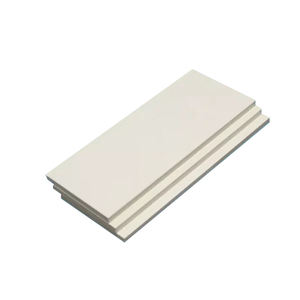
Insulating Pyrolytic Boron Nitride Wafer Pbn Ceramic Plate
